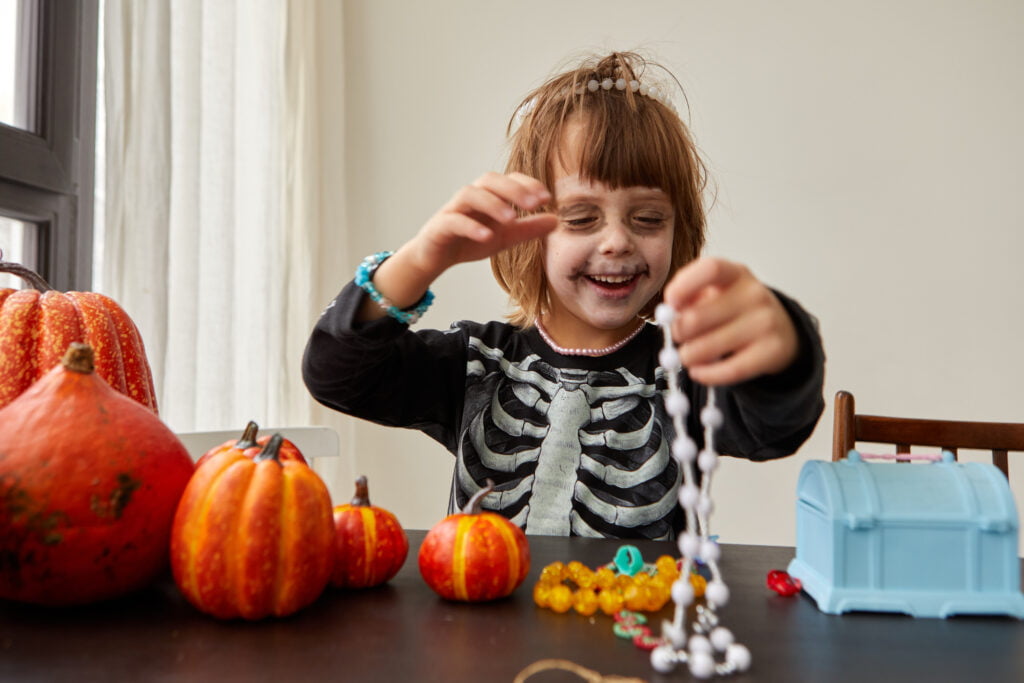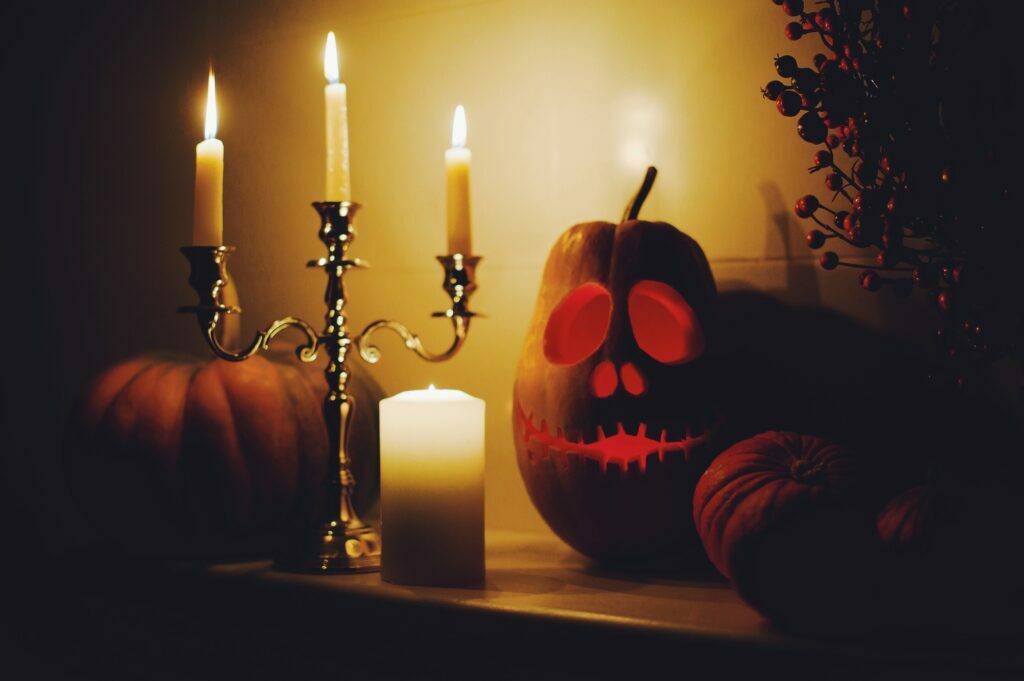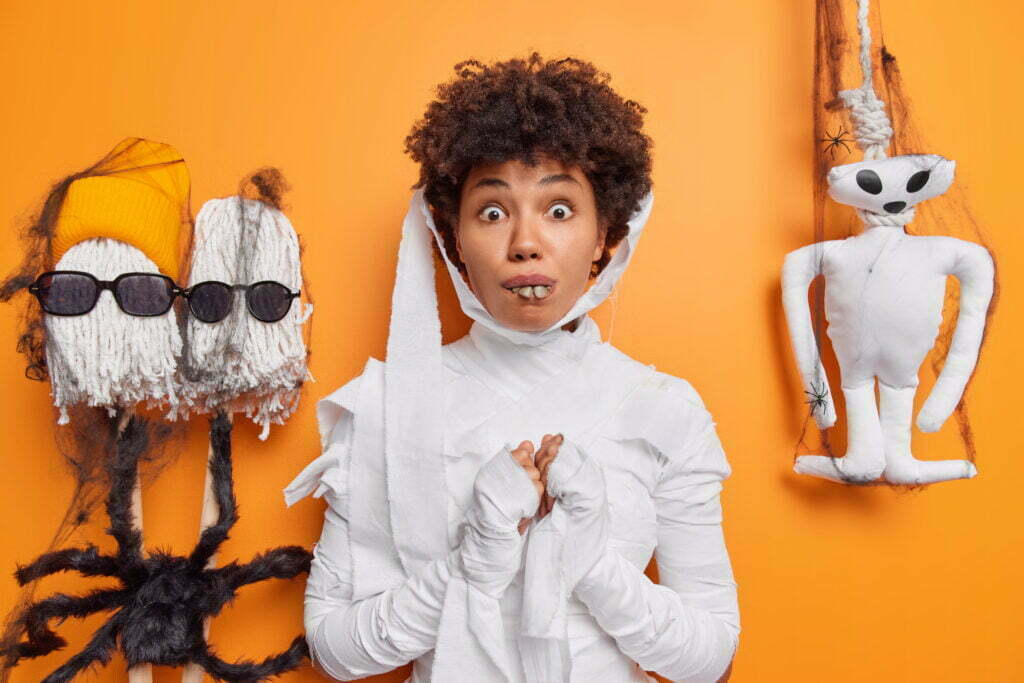So you’ve probably seen the ghoulish decorations and candy-filled aisles in stores, signaling the arrival of Halloween. But have you ever wondered about the similarities and differences between Halloween and Día de Muertos, the vibrant Mexican holiday? While both celebrations involve honoring the dead, there are distinct cultural and historical contrasts that set them apart. Let’s take a closer look at Halloween and Día de Muertos, and unravel the unique traditions and customs behind these two spirited occasions.
Similarities between Halloween and Día de Muertos
Origins rooted in ancient traditions
Both Halloween and Día de Muertos have their origins rooted in ancient traditions. Halloween, originating from the Celtic festival of Samhain, was a festival celebrated by the ancient Celts to mark the end of the harvest season and the beginning of winter. Día de Muertos, on the other hand, has its roots in indigenous Mexican traditions and rituals that date back thousands of years. Despite their different origins, both festivals share a common thread of remembering and honoring the deceased.
Celebrated around the same time of year
Another similarity between Halloween and Día de Muertos is that they are both celebrated around the same time of the year. Halloween falls on October 31st, which is believed to be the eve of All Saints’ Day, a Christian holiday. Día de Muertos, also known as the Day of the Dead, is celebrated from October 31st to November 2nd. This timing is not a coincidence but rather a reflection of the ancient belief that the veil between the world of the living and the world of the dead is thinnest during this time.
Associated with honoring the dead
Perhaps the most significant similarity between Halloween and Día de Muertos is their association with honoring the dead. While Halloween often emphasizes the presence of ghosts and evil spirits, both festivals provide an opportunity for people to remember and pay tribute to their deceased loved ones. Whether it is through gatherings, festivities, or the creation of altars, both Halloween and Día de Muertos serve as a way to keep the memory of the departed alive and to celebrate their lives.
Cultural Background
Halloween: Celtic festival of Samhain
Halloween, as we know it today, has its origins in the ancient Celtic festival of Samhain. The Celts, who lived over 2,000 years ago in what is now Ireland, the United Kingdom, and northern France, celebrated Samhain as the end of the harvest season and the beginning of the dark and cold winter. They believed that on the night of October 31st, the boundary between the living and the dead became blurred, and ghosts of the deceased would roam the earth. To ward off these spirits, the Celts would light bonfires, wear costumes made of animal skins, and offer sacrifices.
Día de Muertos: Indigenous Mexican traditions
Día de Muertos, or the Day of the Dead, is an integral part of Mexican culture that can be traced back to pre-Columbian times. The festival has its roots in the beliefs and practices of indigenous Mesoamerican civilizations such as the Aztecs, Maya, and Toltecs. These civilizations had a deep reverence for death and considered it to be a natural part of the cycle of life. Día de Muertos is a time to honor and remember deceased loved ones by creating altars, offering food, and participating in processions and ceremonies. It is a celebration of life, rather than a mourning of death.
Spiritual Significance
Halloween: Emphasizes the presence of ghosts and evil spirits
Halloween, with its origins in the Celtic festival of Samhain, places emphasis on the presence of ghosts and evil spirits. It was believed that on the night of October 31st, the boundary between the world of the living and the world of the dead would thin, allowing spirits to cross over into the realm of the living. This belief led to various rituals and practices aimed at appeasing these spirits and protecting oneself from their malevolent intentions. Halloween costumes, often featuring images of ghosts, witches, and other supernatural beings, originated from the idea of disguising oneself to confuse and repel the wandering spirits.
Día de Muertos: Celebrates the spirits of loved ones returning
In contrast to Halloween, Día de Muertos celebrates the spirits of loved ones returning to the world of the living. It is believed that during this time, the souls of the departed can visit their families and loved ones. Día de Muertos is not a solemn occasion, but rather a joyful celebration of life and death. Families create colorful altars, known as ofrendas, adorned with photos of the deceased, marigold flowers, candles, and the favorite foods and drinks of the departed. It is a time for families to come together, share stories, and remember their loved ones with love and happiness.
Duration of Celebration
Halloween: Typically celebrated on October 31st
Halloween is typically celebrated on October 31st, the eve of All Saints’ Day. It is a single-day celebration, marked by trick-or-treating, costume parties, and various other festive activities. Children dress up in costumes and go door-to-door, collecting candy from neighbors. Halloween parties are popular among adults, with people often dressing up in elaborate costumes and attending themed events. While the build-up to Halloween can last for weeks or even months, the actual day of celebration is confined to October 31st.
Día de Muertos: Celebrated from October 31st to November 2nd
Día de Muertos, in contrast to Halloween, is not just a single day but a multi-day celebration. It spans from October 31st to November 2nd, coinciding with All Saints’ Day and All Souls’ Day in the Christian calendar. Each day has its own unique significance. October 31st is dedicated to children who have passed away, known as Día de los Angelitos (Day of the Little Angels). November 1st is All Saints’ Day, honoring deceased adults, and November 2nd is All Souls’ Day, commemorating all departed souls. Families often spend long hours at the cemetery, tending to the graves of their loved ones and participating in ceremonies.
Costumes and Makeup
Halloween: Focuses on scary and imaginative costumes
When it comes to costumes, Halloween is all about getting creative and embracing the spooky and scary. From witches and vampires to ghosts and zombies, Halloween costumes are often designed to evoke fear and create a thrilling atmosphere. People of all ages, from children to adults, enjoy dressing up in elaborate and imaginative costumes. The emphasis is on creating a transformative experience, allowing individuals to become someone or something else for the night.
Día de Muertos: Involves traditional and colorful skeleton makeup
Día de Muertos, on the other hand, has a distinct style when it comes to costumes and makeup. The most iconic feature of Día de Muertos is the use of vibrant and intricate skeletal face paint, known as “calacas” or “Catrina” makeup. The colorful designs, often featuring flowers and other decorative elements, symbolize the cycle of life and death. People, both young and old, paint their faces to resemble sugar skulls, which are an essential part of the festive decorations during the celebrations. The makeup is complemented by traditional clothing, including dresses and suits in bright colors and intricate patterns.
Decorations
Halloween: Known for carved pumpkins and spooky decorations
Halloween decorations are typically spooky, eerie, and designed to evoke a sense of horror and mystery. Carved pumpkins, also known as jack-o’-lanterns, are perhaps the most iconic Halloween decoration. These hollowed-out pumpkins, with candles or lights placed inside, create an otherworldly glow and are often carved with menacing or funny faces. In addition to pumpkins, spiders, bats, skeletons, witches, and ghosts are popular motifs in Halloween decorations. Cobwebs, gravestones, and haunted house props contribute to the spooky ambiance during Halloween.
Día de Muertos: Decorated altars with marigold flowers and offerings
Día de Muertos is known for its elaborately decorated altars, or ofrendas, which are set up to honor and welcome the spirits of departed loved ones. These altars are often adorned with marigold flowers, known as cempasúchil or the flower of the dead. The vibrant orange flowers are believed to guide the souls of the departed back to their families. Other offerings on the altars include photographs of the deceased, their favorite foods and drinks, personal belongings, and religious symbols. The altars are created with great care and attention to detail, with each element having a significant meaning and role in the celebration.
Foods and Offerings
Halloween: Candy and treats for trick-or-treating
One of the highlights of Halloween for children is trick-or-treating, where they go from door to door, dressed in costumes, and collect candy and other treats. The tradition of handing out candy on Halloween can be traced back to the ancient Celtic tradition of leaving food offerings to appease spirits during Samhain. Today, candy has become synonymous with Halloween, with a wide variety of confectionery treats associated with the holiday. From miniature chocolate bars to gummy candies and lollipops, Halloween sweets are eagerly awaited and enjoyed by children and adults alike.
Día de Muertos: Traditional foods and drinks, favorite items of the deceased
During Día de Muertos, families prepare specific traditional foods and drinks to honor their deceased loved ones. Pan de Muerto, a sweet bread decorated with bone-shaped dough, is a staple food of the celebration. The bread represents the circle of life and death and is often placed on the altars as an offering. Other traditional foods include tamales, mole, sugar skulls, and candied pumpkin. Families also include the favorite foods and drinks of the departed on the altar, believing that the spirits will partake in the essence of the offerings.
Geographical Differences
Halloween: Popular in North America, especially the United States
Halloween is widely celebrated in North America, with the United States being the epicenter of the holiday’s popularity. It has become deeply ingrained in American culture, with elaborate decorations, costume parties, haunted houses, and trick-or-treating being commonplace traditions. Halloween parades and festivals are held in many cities across the United States, attracting large crowds of participants and spectators. The holiday has also gained popularity in Canada and some other countries, but its roots and most significant celebrations can be found in the United States.
Día de Muertos: Mainly celebrated in Mexico and Latin American countries
Día de Muertos is primarily celebrated in Mexico, where it holds immense cultural and spiritual significance. The celebrations are deeply rooted in Mexican history and Indigenous traditions, making it a central part of Mexican identity. In Mexico, people of all ages participate in Día de Muertos festivities, whether through creating elaborate altars, attending processions, or visiting cemeteries to pay respects to the deceased. While Día de Muertos originated in Mexico, it has also gained recognition and popularity in other Latin American countries, including Guatemala, Ecuador, and Bolivia.
Attitudes towards Death
Halloween: Focused on fear and the macabre
Halloween is known for its focus on fear and the macabre. The holiday is associated with spooky imagery, haunted houses, horror movies, and a general fascination with all things dark and mysterious. Halloween provides an outlet for people to confront their fears and explore themes related to death and the supernatural. The fear and excitement associated with Halloween are often rooted in the unknown and the uncanny, creating a thrill that many find enjoyable. It allows individuals to temporarily immerse themselves in a world where the boundaries between the living and the dead are blurred.
Día de Muertos: Embraces death as part of the natural cycle of life
In contrast to Halloween, Día de Muertos embraces death as an integral part of the natural cycle of life. Rather than being a somber and mournful occasion, Día de Muertos is a joyous celebration that honors the memory of the deceased. The festival represents the belief that the souls of the departed can return to the world of the living, allowing families to reunite and celebrate together. The upbeat and vibrant atmosphere, filled with music, laughter, and storytelling, reflects the Mexican view that death is not the end, but rather a continuation of life in a different form.
Contemporary Influences
Halloween: Commercialized with costumes, haunted houses, and parties
Over the years, Halloween has become increasingly commercialized, with a booming industry centered around costumes, decorations, and parties. Retailers stock shelves with an extensive range of Halloween costumes, catering to different themes and age groups. Haunted houses and theme parks offer immersive and terrifying experiences, drawing crowds seeking adrenaline-fueled thrills. Halloween parties, both private and organized events, have become highly anticipated social gatherings where adults can showcase creative costumes, dance, and enjoy festive drinks. The commercialization of Halloween has made it a lucrative market, valued at billions of dollars annually.
Día de Muertos: Gaining popularity worldwide, particularly through artistic representations
While Día de Muertos has historically been celebrated mainly in Mexico and Latin American countries, it is gaining popularity around the world. The colorful and visually striking imagery associated with Día de Muertos has captured the attention of artists, filmmakers, and designers globally. Artistic representations of Día de Muertos, such as paintings, sculptures, and photographs, have transcended cultural boundaries and reached a broad audience. The unique aesthetics and profound spiritual meaning of the festival have made it a source of inspiration for works of art, fashion, and even Hollywood movies like “Coco,” which depict the beauty and significance of Día de Muertos.
In conclusion, while Halloween and Día de Muertos share similarities such as their ancient origins and association with honoring the dead, they also have distinct cultural backgrounds, spiritual significance, and different approaches to death. Halloween, rooted in Celtic traditions, focuses on the presence of ghosts and evil spirits, while Día de Muertos, stemming from indigenous Mexican customs, celebrates the return of departed loved ones. These festivals are celebrated around the same time of year but have different durations and unique customs surrounding costumes, decorations, foods, and attitudes towards death. While Halloween is widely popular in North America, particularly in the United States, Día de Muertos is predominantly celebrated in Mexico and Latin American countries. Both festivals have evolved in contemporary society, with Halloween becoming commercialized and Día de Muertos gaining recognition worldwide, especially through artistic representations. Ultimately, both celebrations offer an opportunity to remember and celebrate the lives of those who have passed away, reminding us of the universal human experience of death and the importance of honoring our ancestors.



